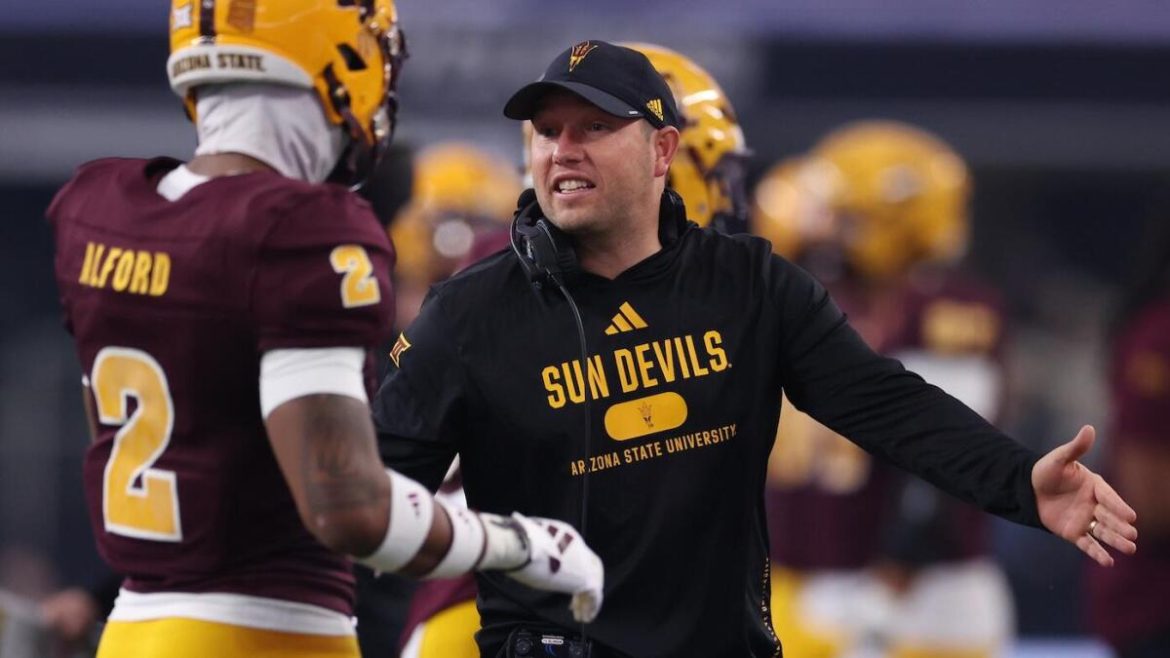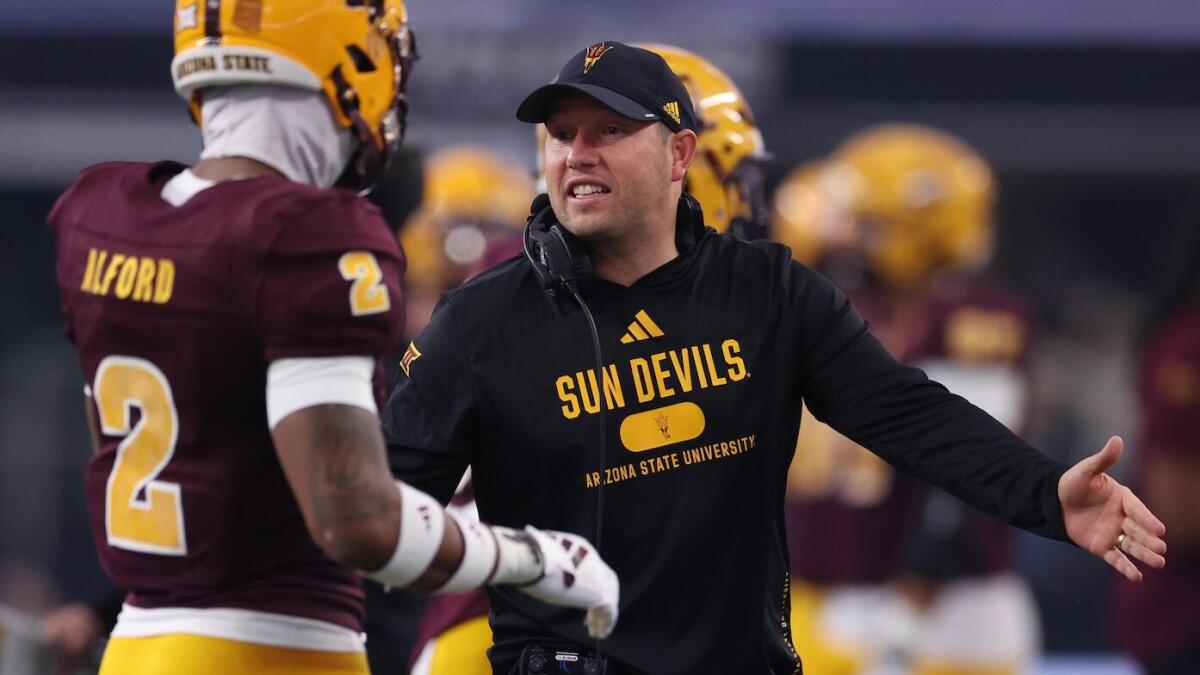The NIL Revolution in Texas: A New Era for High School and College Athletics
Introduction
The landscape of collegiate and high school athletics in Texas is undergoing a seismic shift, driven by the advent of Name, Image, and Likeness (NIL) rights. This transformative era, which began in 2021, has redefined the dynamics of sports recruitment, financial opportunities, and the broader athletic ecosystem. Texas, a state synonymous with athletic excellence and fervent fan culture, stands at the forefront of this revolution. The implications of NIL are far-reaching, affecting athletes, educational institutions, and businesses alike. This report explores the multifaceted impact of NIL in Texas, examining the challenges and opportunities it presents, and the strategies being employed to navigate this new terrain.
The Dawn of NIL in the Lone Star State
College Athletics: A Booming Market
The introduction of NIL rights has ushered in a new era for college athletics in Texas. Universities across the state have swiftly adapted to this paradigm shift, recognizing the potential to attract top talent and enhance their athletic programs. The establishment of NIL collectives has been a pivotal development, acting as intermediaries between athletes and businesses. These collectives pool resources from donors and corporate sponsors to facilitate lucrative NIL deals for athletes, providing them with financial incentives that were previously unthinkable in the realm of amateur sports.
The impact on recruiting has been profound. While traditional factors such as coaching staff, facilities, and academic reputation remain crucial, NIL has emerged as a significant differentiator. Schools with well-funded and organized NIL programs can offer substantial financial incentives to top recruits, potentially swaying their decisions. This has led to a competitive imbalance, with wealthier institutions gaining an advantage over smaller schools that lack the financial resources to compete on the same level.
High School: Navigating Murky Waters
The high school NIL landscape in Texas presents a more complex and restrictive environment. Current state legislation prohibits high school athletes from entering NIL deals until they enroll in higher education. This restriction has created a unique dynamic where talented young athletes must wait to capitalize on their fame, even as their peers in other states are already earning significant income. The debate surrounding this restriction centers on fairness and the potential for lost opportunities. Critics argue that allowing high school NIL deals would professionalize youth sports and create undue pressure on young athletes, while proponents contend that it is a matter of economic justice.
Despite these restrictions, the influence of NIL is still felt in Texas high schools. College recruiters are acutely aware of the NIL potential when evaluating prospects, and the specter of future earnings undoubtedly factors into athletes’ decisions about where to play. This has led to a heightened focus on player development and the cultivation of a strong sense of community, as smaller schools seek to compete with their more financially endowed counterparts.
Key Players and Initiatives
Several organizations and individuals are playing pivotal roles in shaping the NIL landscape in Texas. Universities and athletic departments, such as the University of Texas and Texas A&M, are investing heavily in NIL infrastructure, providing resources and education to their athletes. These institutions recognize the importance of equipping their athletes with the knowledge and tools necessary to navigate the complexities of NIL agreements.
NIL collectives have also emerged as key players, each with its own approach to connecting athletes with endorsement opportunities. These collectives act as intermediaries, facilitating deals and ensuring that athletes receive fair compensation for their personal brand. Organizations like Lone Star NIL, the first state-specific NIL marketplace, aim to connect Texas college athletes with businesses and fans across the state, fostering a sense of community and economic development.
Individual athletes are also actively pursuing NIL deals, leveraging their social media presence and personal brands to secure endorsements and sponsorships. This has led to a proliferation of creative and innovative marketing strategies, as athletes seek to maximize their earning potential and build their personal brands.
Challenges and Opportunities
The NIL era in Texas presents both significant challenges and exciting opportunities. Navigating the complex web of NIL rules and regulations is a constant challenge for athletes, schools, and businesses. The potential for abuse and the threat of a pay-for-play system are concerns that must be addressed to ensure the integrity of amateur sports. Additionally, the financial disparities between schools and collectives threaten to create an uneven playing field, with wealthier institutions gaining an advantage over smaller schools.
Despite these challenges, the opportunities presented by NIL are immense. NIL provides athletes with the opportunity to earn money from their talents and build their personal brands, empowering them to take control of their financial futures. The economic development potential of NIL is also significant, as businesses invest in partnerships with athletes, stimulating local economies and creating new avenues for fan engagement.
The Future of NIL in Texas
The NIL landscape in Texas is still evolving, and its long-term impact remains to be seen. Several key trends are likely to shape the future of NIL in the state. Increased regulation is expected as NIL becomes more established, with greater scrutiny and potential for stricter regulations at both the state and national levels. Schools will need to invest in comprehensive NIL education programs to ensure that athletes understand their rights and responsibilities.
The growth of group licensing deals, where athletes pool their NIL rights for collective marketing opportunities, is another trend to watch. This approach has the potential to create new revenue streams and foster a sense of community among athletes. Additionally, universities may explore ways to integrate NIL into academic programs, providing students with practical experience in marketing, business, and entrepreneurship.
The debate over allowing high school athletes to profit from their NIL is likely to continue, with potential for legislative changes in the future. As the landscape continues to evolve, stakeholders must work together to ensure that NIL is implemented in a way that is fair, sustainable, and aligned with the values of amateur sports. Texas, with its rich athletic tradition and entrepreneurial spirit, is poised to be a leader in this new era, shaping the future of NIL for years to come.
Conclusion: A Game Changer
NIL has undeniably changed the game in Texas athletics. While challenges and uncertainties remain, the opportunities for athletes, schools, and businesses are immense. As the landscape continues to evolve, stakeholders must work together to ensure that NIL is implemented in a way that is fair, sustainable, and aligned with the values of amateur sports. Texas, with its rich athletic tradition and entrepreneurial spirit, is poised to be a leader in this new era, shaping the future of NIL for years to come. The NIL revolution is not just a passing trend; it is a fundamental shift that will redefine the landscape of athletics in Texas and beyond.





